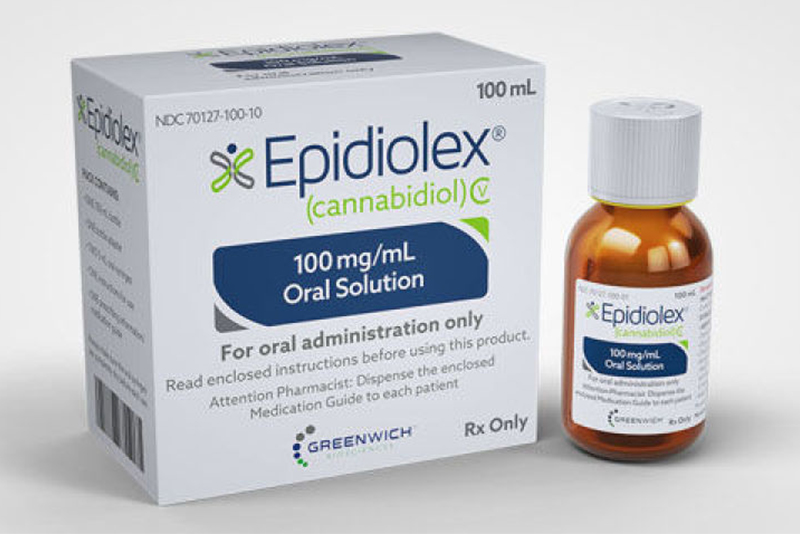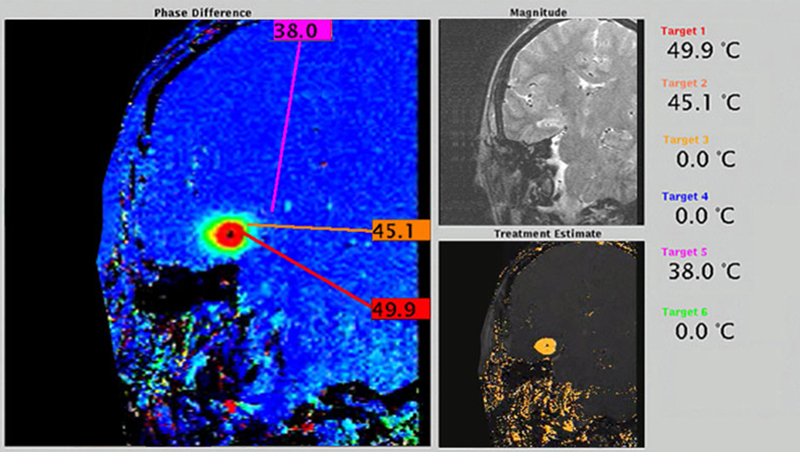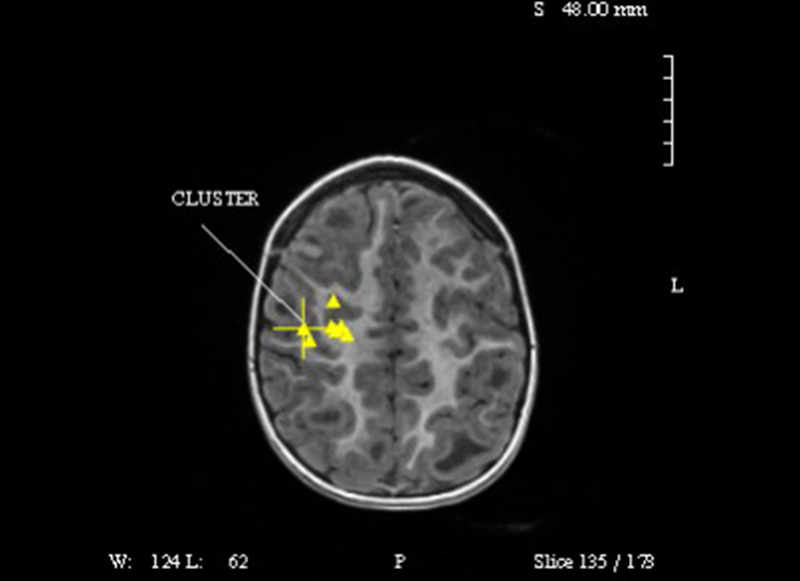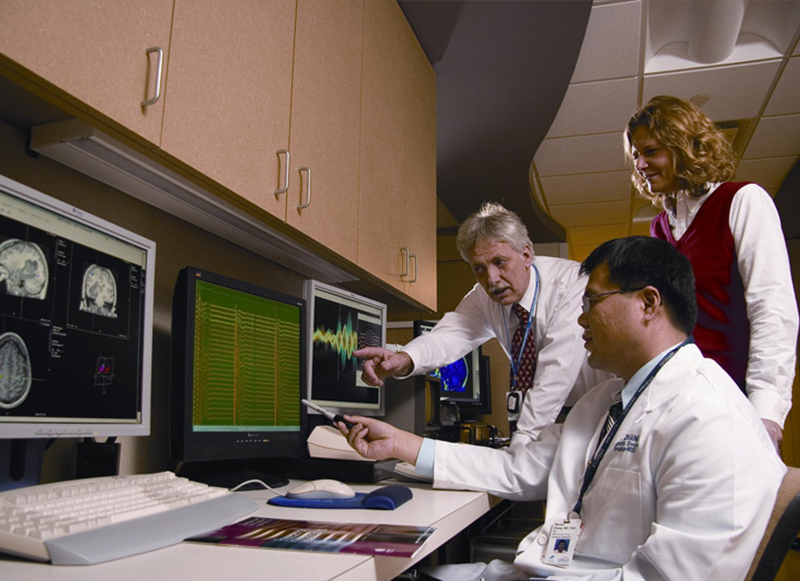Epilepsy and Cannabis
Kinshuk Sahaya, MD, FAAN, FAES
The role of cannabis in treatment of epilepsy is a hotly discussed (and at times debated) topic. It is a source of much curiosity amongst patients and their family members, general population at large, scientists, and doctors. This article will attempt to briefly provide an introductory bird’s eye view of the role of cannabis and chemicals derived from it in epilepsy.
Cannabis and preparations derived from it have different names. These include Medical marijuana, CBD, CBD oil, cannabidiol, THC etc.
To begin, clarification of few names and terms may be of help.
Cannabis
a family of similar plants with the most well-known member named Cannabis Sativa (scientific name) and colloquially called Marijuana. Sometimes also called hemp, but the term hemp is usually reserved for varieties (plant family members) which are grown for industrial non-drug use purposes.
Marijuana
The plant (scientific name Cannabis Sativa) parts which are either consumed raw or extracts for recreational/ medical purposes.
Medical Marijuana
Use of whole, unprocessed marijuana plant or its basic extracts to treat symptoms of illness and other conditions. In some states available through specialized state-approved marijuana programs/ pharmacies. Currently not recognized or approved by the FDA as medicine.
CBD/ Cannabidiol
Purified chemical derived from the marijuana plant which has been most extensively studies for efficacy in patients with epilepsy.
CBD Oil/Tinctures/Drops
Usually refers to over the counter available preparations claimed to have varying amount of CBD in them. Not standardized or FDA tested (or regulated) to verify the concentration (or even presence of CBD). Research available for cannabidiol in epilepsy which is discussed here did NOT use these preparations.

Epidiolex®
Branded purified cannabidiol available through prescription and FDA approved for patients Lennox-Gastaut syndrome and Dravet syndrome. Labelled as Schedule V controlled substance with low potential for abuse.
Chemical Make-Up
Different parts of the marijuana (cannabis sativa) plant, most commonly the flowers, produce closely related chemicals called phytocannabinoids (phyto= plant). Our body produces chemicals which are similar, but not identical, to the phytocannabinoids. These group of chemicals are called endocannabinoid (endo=inside). The endocannabinoids are important chemicals which are very strictly and precisely controlled by the body and serve multiple functions. The phytocannabinoids derived from the marijuana act on the bodies ‘endocannabinoid system’ but is not under the same precise control the body exerts on the endocannabinoid. As a result, the phytocannabinoids can have multiple effects, both wanted and unwanted, on the body.
Of the more than 110 types of phytocannabinoids produced by the plant, two are most well-known- cannabidiol (CBD) and tetrahydrocanabidiol (THC). Out of these two, THC is believed to be ‘psychoactive’ i.e. it produces the ‘high’ associated with recreational use of marijuana, and has not been shown to have any significant benefit of treatment of epilepsy. CBD on the other hand, works in a different manner, and does not produce the high. It is CBD which has been and continues to be most heavily investigated for efficacy in epilepsy.

Clinical Studies and Evidence
Indeed, evidence regarding efficacy of cannabinoids is rapidly evolving. In 2014, American Academy of Neurology (AAN) systematically looked at the evidence available at that time of cannabinoids (either smoked or taken orally) use in Epilepsy. No high-quality studies on the topics were found. Based on limited studies including anecdotal patient reports, the society recommended that there is not enough evidence to prescribe CBDs or recommend self-treatment with smoked marijuana in patients with epilepsy. The guidelines also pointed out the cannabinoids may cause cognitive impairment (such as memory difficulties) in patients using them on regular basis.
Over the years, more evidence has come forward. E.g. In a study looking at use of ‘artisanal’ cannabis (available through state-approved programs) in patients with epilepsy at two different centers in California and Washington (of different causes, both adult and children), 1/3rd of patients reported seizure reduction by less than half, slightly more than 50% of the patients reported seizure reduction by more than half, and 14% patients did not notice any improvement in seizures.
In another study from Tennessee, use of artisanal CBD containing products in pediatric patients with refractory epilepsy, nearly 2/5th of patients were reported to have seizure reduction by more than half. Interestingly, clobazam (Onfi®), a commonly used anti-seizure medicine, showed similar response rate without use of the CBD products. In about 1/5th of patients other anti-seizure could be reduced while in another nearly 1/5th the other medicines were increased. No patients were able to come off all other anti-seizure medicines.

In a study from Israel looking at purified and concentrated CBD for severe refractory pediatric epilepsy of different causes, nearly 50% of patients reported seizure reduction by more than half while more than 1/3rd had seizure reduction by less than half. At the same time, nearly 1/5th of patients were reported to have worsening seizures. Similarly fatigue and somnolence (sleepiness) was also reported in 1/5th of patients.
Not all ‘scientific literature’ is equal. For several reasons, the studies similar to those mentioned above is considered weaker quality of evidence. Such studies help to show that certain medicine maybe of benefit but often are not able to provide more evidence as to who maybe able to benefit most, or who may be harmed.
This stronger evidence may come from more strict studies such as ‘double-blind, randomized, placebo-controlled trial’. These trials which are laborious, expensive and take long time to complete compare the effect of medicine against an inert (placebo aka ‘sugar pill’) substance in randomly selected patients of one disease. Patients are followed for a long time and every part of their illness and response to medicine is catalogued, and the collected data is scientifically analyzed by experts.
At present the largest such trials of CBD have been for patients with Dravet syndrome, and Lennox-Gastaut syndrome. Two severe epilepsy syndromes which start in childhood and are often refractory to treatment with multiple anti-seizure medicines. These trials used precise doses of purified CBD. CBD resulted in nearly 40% average reduction in seizures (with convulsion) among patients with Dravet syndrome and in 43% of patients the convulsive-seizures decreased by more than equal to half. Among patients in Lennox- Gastaut syndrome monthly frequency of drop seizures reduced by nearly 40% and 44% of patients had at least 50% decrease in drop seizures.
Unfortunately, similarly rigorous studies for other epilepsy syndromes (for both adult and pediatric populations) are currently not available. Several smaller and scientifically low grade studies have been performed. Looking at the combined outcomes of 17 different studies (including both adult and pediatric patients with different causes of epilepsy) nearly 50% of patients reported reduction in seizures by at least half. Seizure freedom was only noted in nearly 8% of patients in 14 studies. Although encouraging, this number needs to be considered with caution. All of these studies included patients who were refractory to medications. Also when we combine information from several studies, the data is only as strong as the weakest study in the group. The studies, if very different from each other, result in the combined data being muddled by different sources and being of limited use for an individual patient.
Also consider this, in trials looking at patients with refractory generalized tonic-clonic seizures, addition of lamotrigine (a time tested commonly used anti-seizure medication) resulted in at least 50% seizure reduction in nearly 2/3rd of the patients. This just goes on to demonstrate that CBD may have efficacy in epilepsy but it does not necessarily mean that other medicines that we already have are inefficacious and or inferior to CBD.

What the Evidence Means
ften patients and family members believe that all cannabis derived products are safe and harmless, because they are plant derived. We all think and believe plant products to be safe and healthy, but that is not necessarily true. Plants also produce chemicals which we will never call safe. Cyanide and poison ivy are examples. Morphine was discovered in extracts of the poppy plant. The benefits of appropriately used morphine are well known to us all. At the same time, we shouldn’t forget that morphine can have severe and serious side effects. Importantly, as mentioned above, the phytocannaniboids (such as CBD) are not under the strict control as our own endocannabinoids.
In view of the above, it should not come as a surprise, that In different studies, up to half of the patients on CBD reported adverse/ side effects. These have included drowsiness, balance difficulties, diarrhea, worsened liver enzymes, and even uncontrolled seizures. CBD interferes with body’s internal system of removing toxins and chemicals. As a result, use of CBD may dangerously increase levels of other medicines, as the body may no longer be able to remove other medicines as effectively. One such example is clobazam (Onfi®) a medicine not uncommonly used in patients with difficult to control epilepsy. Some studies have also linked use of cannabinoids with higher risk of stroke including in young patients.
The situation gets much more complicated when we talk about dried plant/ plant extracts available through different state ‘medical marijuana’ programs or worse, unregulated off the street illegal marijuana. These extracts may have the useful CBD but may also have the not helpful and addictive THC besides several other compounds. Although growers claim higher percentage of CBD in certain varieties, there is often no way to verify and certify those claims or verify that every batch is the same. In state-based programs, the regulations vary from state to state. Based on the state regulation, the available product may be different from state to state and, there may not be regulatory state control on the quality, purity, or reproducibility of the products dispensed. At the time of writing this article and based on the information at the MN Department of Health website, the state has two registered medical cannabis manufacturers in its medical cannabis registry program. The “MDH is developing rules relating to laboratory testing requirements for medical cannabis”

The over the counter CBD oil are now available in every grocery store. They do not have CBD anywhere near to what was used in the studies mentioned above. As they are not under any FDA regulation, there is no way to know if they have any CBD at all or what other chemicals they have. In such situations it becomes nearly impossible to predict how much benefit these products will provide, how they will affect the body including side effects, and how it will affect the other medicines.
The marijuana available through illegal means is often meant to be addictive (thus have high THC), may have several other contaminants, and has no way of determining the amount of CBD in it.
Marijuana use is still illegal in federal law. As a result, some hospitals may not allow its use for patients admitted in-house, even if the state has made medical marijuana available legally. Usually insurances do not cover the cost of this medical marijuana resulting in high price for the patient and family members.
To summarize,
- Research into properties of marijuana has opened new avenues for treatment of patients with epilepsy
- Early evidence has suggested that cannabidiol (CBD) may have some role in treatment of patients with epilepsy.
- The currently most actively research chemical cannabidiol (CBD) has demonstrated efficacy in some patients with refractory epilepsy
- Cannabidiol (Epidiolex®) used in research is a purified extract which has been approved by FDA for patients with select severe types of epilepsy
- Cannabidiol is not the same as ‘CBD oil’ or even medical marijuana
- There is very limited evidence of CBD’s efficacy in other epilepsy syndromes, but more data is coming out as more research is conducted.
- Patients sometime report improvement with medical marijuana use, but it doesn’t imply that it helps everyone the same or even if it helps most. Research data on it is even more limited.
- There is no current evidence that CBD or medical marijuana is useful for patients in whom epilepsy is already controlled with medicines (i.e. those who are not refractory)
- There is no current evidence that patients using CBD or medical marijuana can safely stop other anti-seizure medicines, in fact the limited available evidence points against it.
- CBD and cannabis are plant derived but can have significant risk of adverse effects.
- With time we expect to learn more and more about this important treatment option and hopefully will be able to use in routine medical practice with the confidence and assurance that other conventional anti-seizure medicines can provide.
Sources
- Devinsky O, Cross JH, Laux L, Marsh E, Miller I, Nabbout R, Scheffer IE, Thiele EA, Wright S; Cannabidiol in Dravet Syndrome Study Group. Trial of Cannabidiol for Drug-Resistant Seizures in the Dravet Syndrome. N Engl J Med. 2017;376(21):2011-2020.
- Friedman D, French JA, Maccarrone M. Safety, efficacy, and mechanisms of action of cannabinoids in neurological disorders. Lancet Neurol. 2019;18(5):504-512.
- Koppel BS, Brust JC, Fife T, Bronstein J, Youssof S, Gronseth G, Gloss D. Systematic review: efficacy and safety of medical marijuana in selected neurologic disorders: report of the Guideline Development Subcommittee of the American Academy of Neurology. Neurology. 2014;82(17):1556-63.
- Porcari GS, Fu C, Doll ED, Carter EG, Carson RP. Efficacy of artisanal preparations of cannabidiol for the treatment of epilepsy: Practical experiences in a tertiary medical center. Epilepsy Behav. 2018;80:240-246.
- Stockings E, Zagic D, Campbell G, Weier M, Hall WD, Nielsen S, Herkes GK, Farrell M, Degenhardt L. Evidence for cannabis and cannabinoids for epilepsy: a systematic review of controlled and observational evidence. J Neurol Neurosurg Psychiatry. 2018;89(7):741-753.
- Sulak D, Saneto R, Goldstein B. The current status of artisanal cannabis for the treatment of epilepsy in the United States. Epilepsy Behav. 2017;70(Pt B):328-333.
- Thiele EA, Marsh ED, French JA, Mazurkiewicz-Beldzinska M, Benbadis SR, Joshi C, Lyons PD, Taylor A, Roberts C, Sommerville K; GWPCARE4 Study Group. Cannabidiol in patients with seizures associated with Lennox-Gastaut syndrome (GWPCARE4): a randomised, double-blind, placebo-controlled phase 3 trial. Lancet. 2018;391(10125):1085-1096.
- Tjia-Leong E, Leong K, Marson AG. Lamotrigine adjunctive therapy for refractory generalized tonic-clonic seizures. Cochrane Database Syst Rev. 2010 Dec 8;(12):CD007783
- Tzadok M, Uliel-Siboni S, Linder I, Kramer U, Epstein O, Menascu S, Nissenkorn A, Yosef OB, Hyman E, Granot D, Dor M, Lerman-Sagie T, Ben-Zeev B. CBD-enriched medical cannabis for intractable pediatric epilepsy: The current Israeli experience. Seizure. 2016;35:41-4.
- Wolff V, Jouanjus E. Strokes are possible complications of cannabinoids use. Epilepsy Behav. 2017;70(Pt B):355-363.
- https://www.drugabuse.gov/publications/drugfacts/marijuana-medicine
- https://www.health.state.mn.us/people/cannabis/
